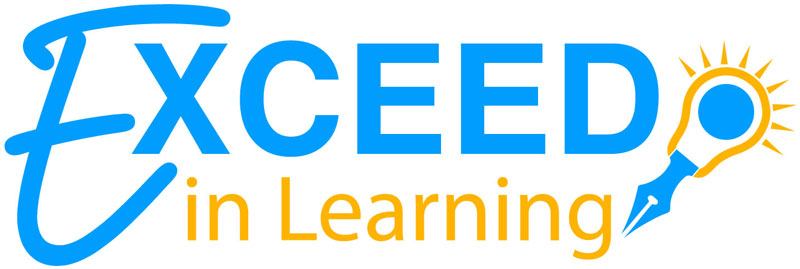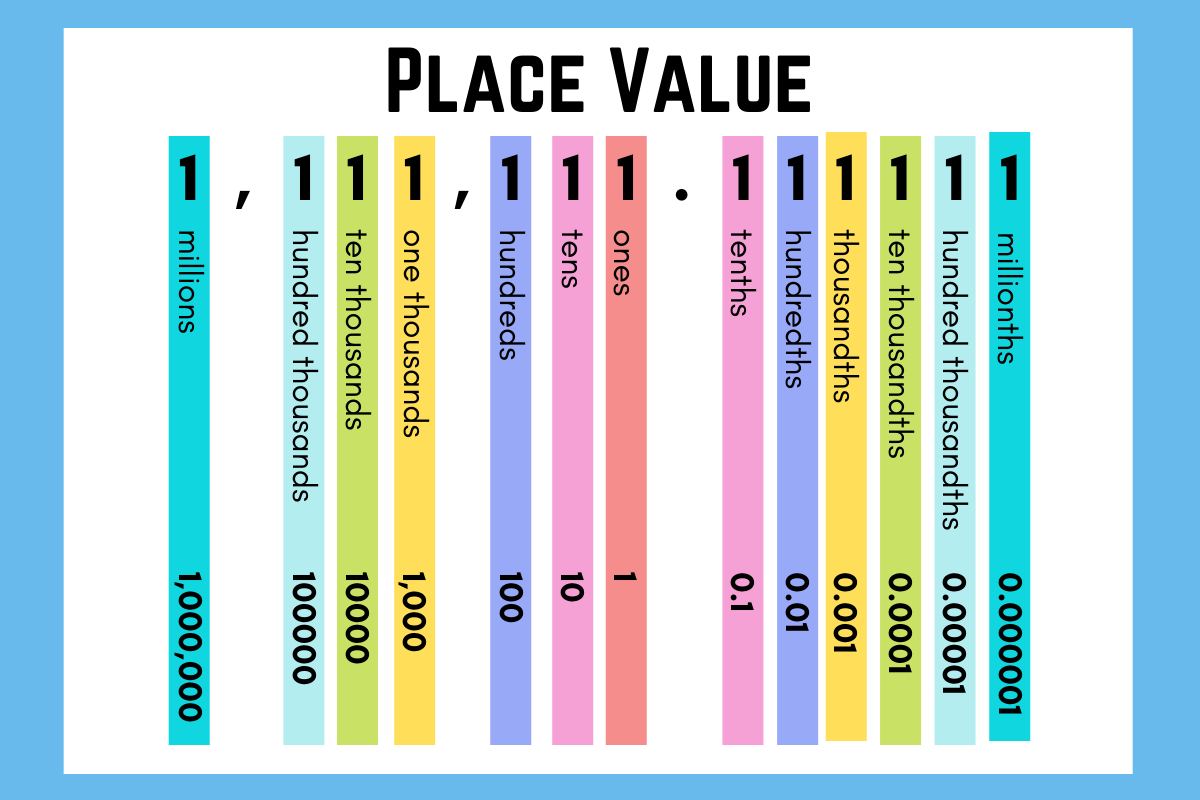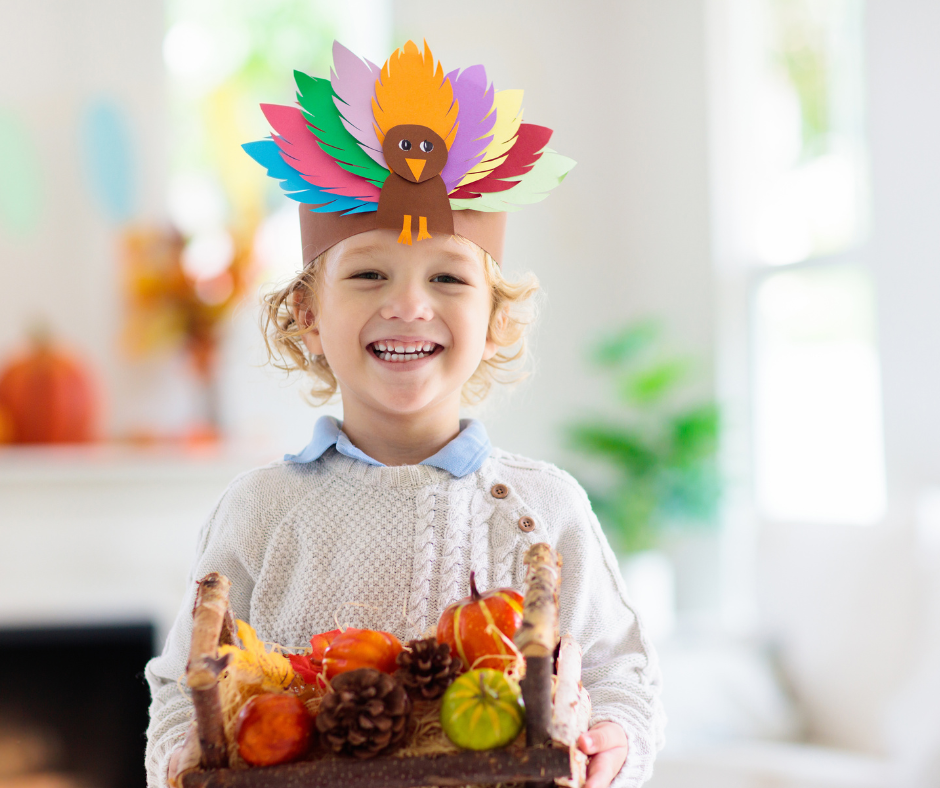Place value… this is a skill that is so crucial for a solid math foundation. Place value is taught from kindergarten all the way up through 5th grade in the elementary years. If you take a look at the Common Core standards, the category “Numbers and Operations” are in every grade level.
Understanding place value becomes more challenging with each grade level. In kindergarten, students are taught the basics of tens and ones, how to use math mainuplatives, etc. Once students are in third grade, they are expected to add and subtract within 1,000. Boy…. That escalated very quickly! To be able to properly manipulate numbers of this size, students have to have a good command of place value.
When your child enters kindergarten, he/she probably has some number sense already. Your child probably can count a set of items, understand double-digit numbers, and possibly how to count up to 100. Their understanding of numbers is pretty much what they should know at this age… the number 19 comes after the number 18. With this, students typically have an understanding of what tens and ones mean and how to represent numbers in different ways.
If we ask a child how many tens are in the number 35, they may be able to tell us that there are three tens. This is based on memorization of each place. Many students may not recognize that the 3 represents three groups of ten items.
Let’s take a look at some ways you can help your child at home with place value.
When first learning about place value, most students are introduced to math blocks. These are commonly referred to as base-ten blocks. Students typically work with single blocks (unit cubes), ten-rods, and flats (to represent one-hundred). Students sometimes have a difficult time arranging manipulatives in a manner that is clear and meaningful. One way to help with this is to use a place value mat. This is a mat that is used to help students put the appropriate blocks in the correct place. The nice this is that these math manipulatives can be used with other students as well. These blocks can be used to represent decimals as well.
Another mat that is helpful with early learners is a ten-frame mat. This is an organizer that helps students understand groups and how many more are needed to make a group of ten.
The next tip is to let students practice skip counting by tens and hundreds. As students progress through school, some children continue to count everything out one at a time. It is important to teach students to try and count by tens – since it is much quicker!
There are many fun activities that you can do to help with this at home. One activity that I like to do with my daughter is to have a bowl full of Cheerios (hold the milk for this one!). I first like to have her guess how many Cheerios there are. Afterward, we dump the Cheerios out and put them into groups of ten. This way she can easily practice counting by tens and look to see if there are any leftovers. We then practice writing this number and talk about if her guess was close or not.
When you integrate place value into your everyday activities, this will help your child build confidence with these skills. What are some other ways that you like to practice place value with your child?




